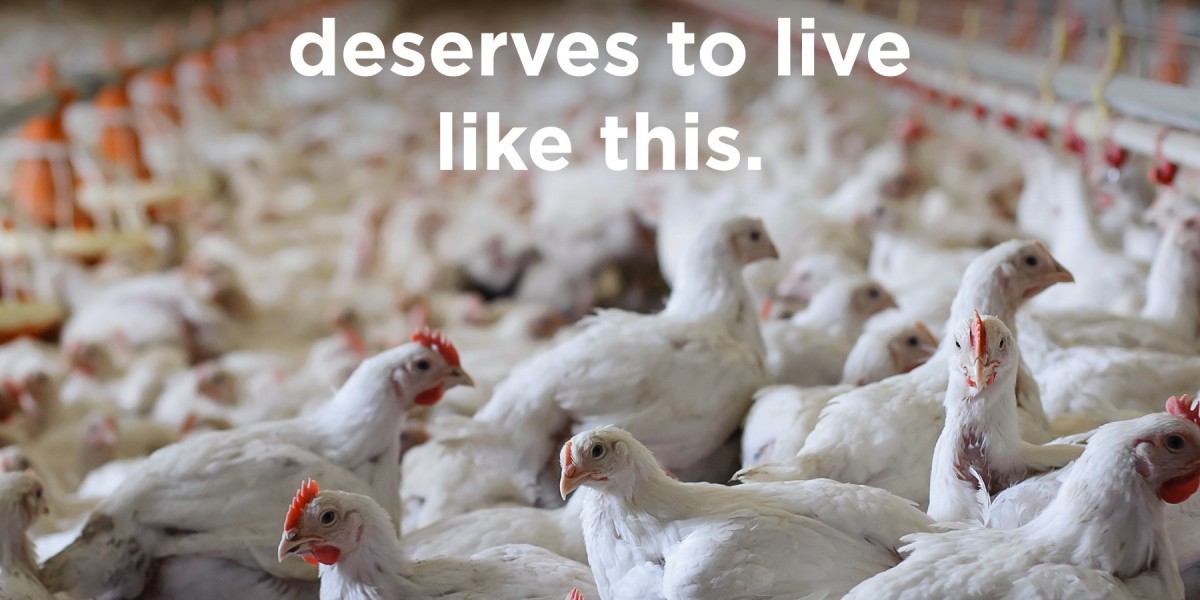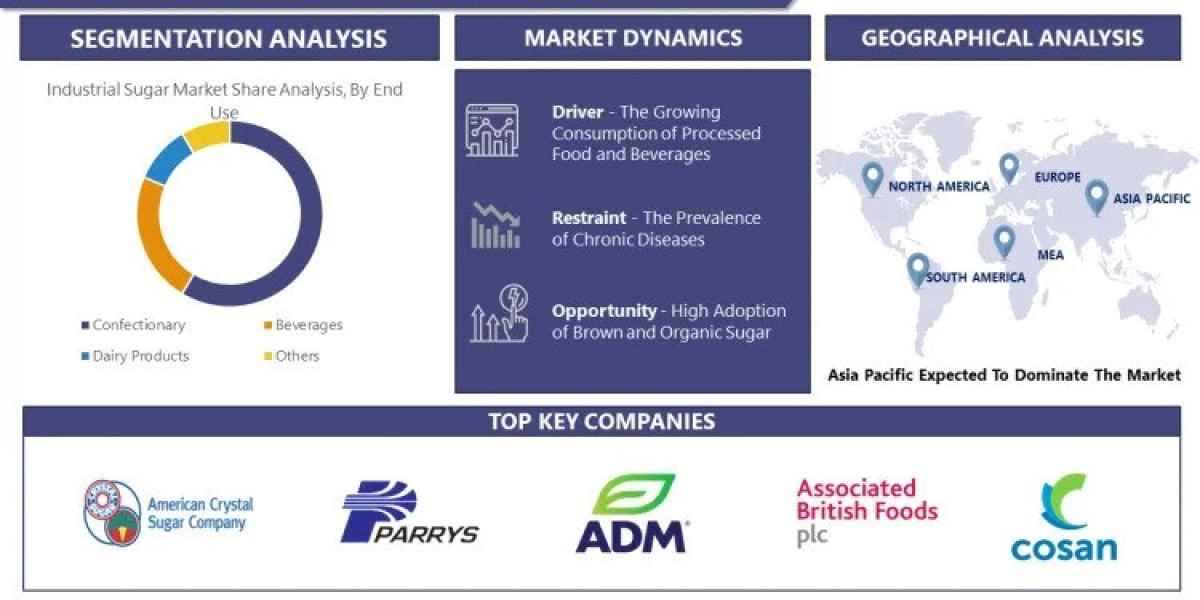The phrase "slaughterhouse horrors" evokes a sense of dread and revulsion, hinting at the unspeakable suffering that occurs behind the closed doors of these facilities. However, the grim reality of slaughterhouse horrors is often shielded from public view, hidden by the walls of industrialized agriculture. From the moment animals enter these facilities to the point they are turned into products for human consumption, they are subjected to a system that prioritizes efficiency over compassion.
Slaughterhouse horrors begin long before animals reach the killing floor. Many animals endure grueling journeys to the slaughterhouse, packed tightly into overcrowded trucks with little access to food, water, or rest. These stressful conditions can lead to injuries, illness, and even death before the animals even reach their final destination.
Once inside the slaughterhouse, the slaughterhouse horrors only escalate. Animals are herded into holding pens, where they can smell the fear and blood of those who have come before them. The sounds of machinery and the cries of other animals add to their terror as they await their fate.
The methods used to kill animals in slaughterhouses are often brutal and inhumane. Many animals are stunned with electric prods or captive bolt guns before being hoisted upside down by their legs and having their throats slit. However, these methods are not always effective, and some animals are still conscious and aware as they are dismembered and disemboweled.
The toll of slaughterhouse horrors is not limited to the animals themselves. Slaughterhouse workers, often desensitized to the violence around them, may suffer from psychological trauma and post-traumatic stress disorder as a result of their work. In addition, communities located near slaughterhouses may experience environmental pollution, odors, and decreased property values.
Despite the immense suffering inflicted upon animals in slaughterhouses, this brutal and exploitative industry continues to thrive. However, there is hope for change. As awareness grows and public outrage mounts, pressure is mounting on governments and corporations to enact stricter regulations and improve conditions for animals in slaughterhouses.
In conclusion, slaughterhouse horrors are a dark stain on our society that cannot be ignored. From the crowded and unsanitary conditions of transport to the brutal methods of killing used in slaughterhouses, the suffering endured by animals in this industry is undeniable. It is incumbent upon us as consumers and as a society to confront the harsh realities of slaughterhouse horrors and work towards a more humane and compassionate future for all beings.








